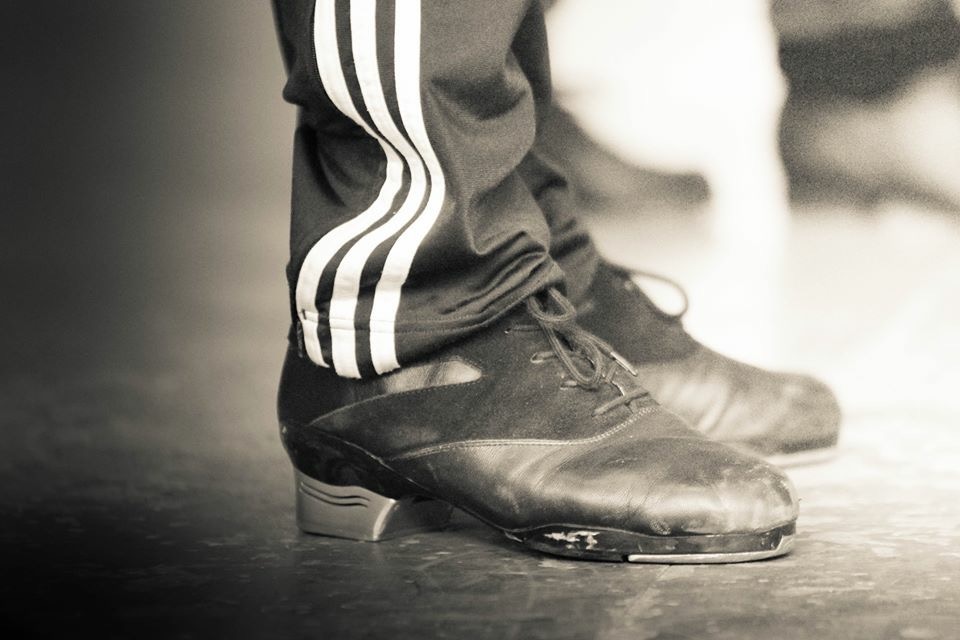Okey dokey,
So often times I hear teachers say that the students lose interest when asked to do things one at a time – especially with bigger classes. But as we all know – unless you see each step one at a time in a tap class, you run the risk of your students “ faking it “ and this is never good, as you can end up with a class full of students who really have no idea of what they are doing.
So what is the answer?
Simple.
As you go around the class one at a time, you need to have all the other students tapping out the time in some way. Holding the tempo of the step for the soloist.The best way to do this, I have found, is to simply have the group of students walking on the spot – marching if you like – with a series of ” ball digs” or “ball beats” to hold the tempo steady, whilst the student who is showing you the step, takes the solo role. The students also need to understand that “ holding time” is an important skill and an important part of the class, so if they race or slow down, you will need to stop and start again. Back at the beginning with student number one.
It is also a great idea to make sure that each child is fully engaged in this process, with an animated facial expression – showing the JOY of tap and listening in an interested and encouraging way to the solo tapper. This teaches them to not only connect with their own inner joy and self expression when tapping – but also teaches them respect for the person tapping solo in the class and the fun of interacting and sharing rhythms in class.
All very important skills – and what tap is all about really.
By using this process they have learned a number of crucial things:
1.The ability to tap solo in class so they can hear their own feet and know that what they are doing is correct rhythmically. Solo tappers who are 100% confident in their footwork, will make a group of tappers that are a slick and professional sounding . The skill of each one person, strengthens the skill of the many when they tap together later en masse.
2. The ability to hold the tempo steady when tapping as a group – they will experience this as the tempo varies
3. The respect to be fully focused on what they are doing even when they are not the soloist – the knowledge to respect others and their learning process in a tap class.
4. They have learned that getting the step right is important – and so they will have a greater understanding of, and respect for the rhythms that underpin all they learn in your class.
5. They have learned that showing JOY and enthusiasm at all times is paramount and that holding time and keeping the tempo steady is a fundamental part of any tap routine or step.
I have found this incredibly effective in my own teaching. And the added benefit is that the students learn to listen and hold time effectively, which is a huge bonus when working in troupes and groups for performance, concerts, shows and competitions of all kinds.
Again – this may take patience at first, as you stop and start as the tempo speeds up and slows down randomly – but it will come in time and the rewards will be great.
This is another technique we use throughout the Tapatak Oz syllabus programme and if you are already a client, you will be able to watch me discuss this technique in the VIP area. It has been getting me great results for years.
So – have fun with this one.
LOVE TAP AND PASS IT ON
Christine



